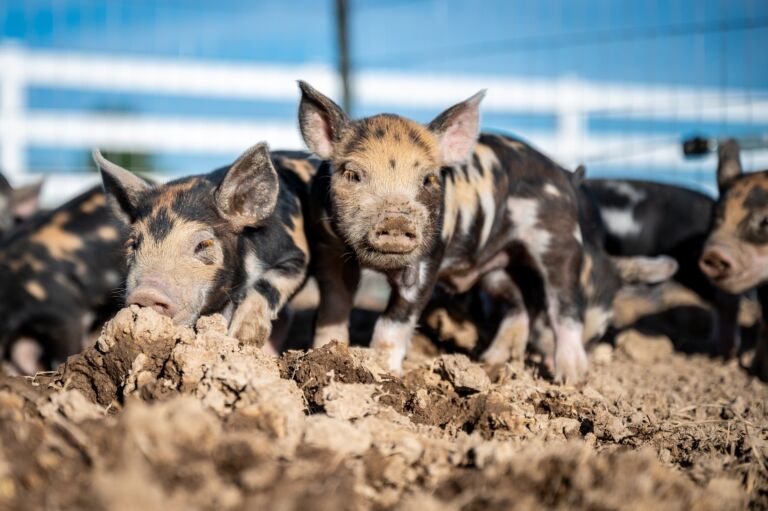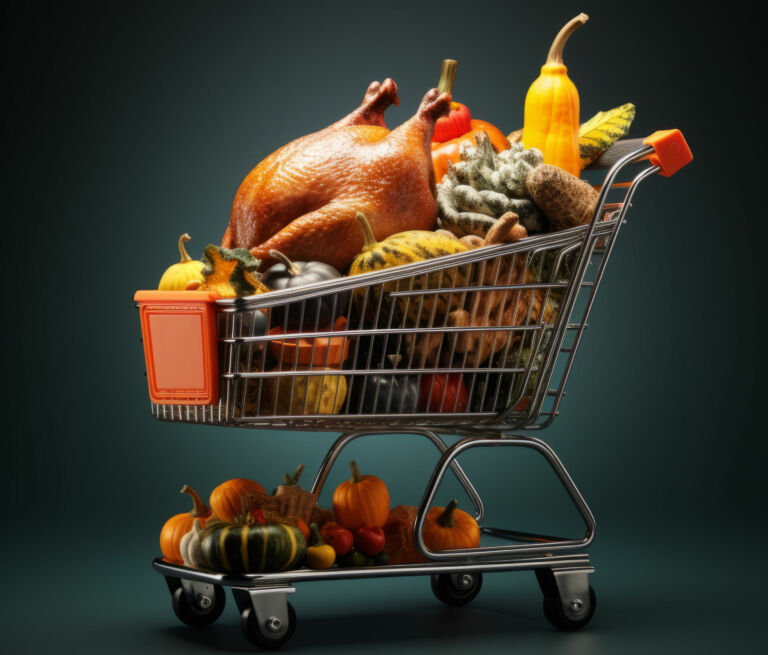In the United States, there are between 45 and 46 million turkeys killed each year by profit-seeking farmers for consumption at Thanksgiving dinners around the country. In total, about 245 million turkeys are raised on American farms every year, with pretty much all of them headed for an afterlife of human consumption. Yet, it is never even suggested that because of these mass killings, we are running out of turkeys or that turkeys are headed for extinction.
On the other hand, we can compare this to some very popular species of fish like cod or tuna. Many millions of pounds of these fish are harvested each year from the oceans by profit-seeking fishermen. These fish are also destined for an afterlife similar to those of the turkey. And yet, unlike the turkey, we are told that the populations of these and other fish are dwindling dramatically. According to the International Commission for the Conservation of Atlantic Tuna, over the last 40 years, populations of the Atlantic bluefin tuna have fallen by 72 percent in the eastern Atlantic and 82 percent in the western Atlantic. Governments have put in place aggressive recovery plans meant to stem this tide and hopefully reverse this trend.
So, the question arises, why are we running out of tuna and cod but not turkeys or chickens? Why is it that we can eat all the turkey we want on Thanksgiving and never be concerned about whether there will be enough turkeys available this time next year for our annual feast? To my knowledge, no one ever suggests that if we don’t start eating less turkey, there won’t be any turkeys left to eat one day. Yet, this is not true of Atlantic bluefin tuna. Articles like this one telling us to start eating more plentiful species of fish instead of tuna and cod appear quite frequently. Again, the question is why?
To answer that the problem is overfishing due to excessive demand, as is often done, is to beg the question. If oceans are being overfished, i.e., fished at a rate where the populations of the relevant fish cannot be sustained, why is this not the case for turkeys? Why aren’t turkeys being killed at a rate that cannot sustain the population of turkeys for future consumption?
The answer to these questions has everything to do with the alternative institutional and legal settings in which fish and turkeys are harvested for sale and consumption. Tuna are gathered and killed for market in a setting that gives rise to something called the “tragedy of the commons.” Fish in the ocean do not become the private property of the fishermen until they are removed from the ocean. Fish in the ocean are unowned. They are what is referred to as a “common pool resource.” This creates perverse incentives for fishermen. The unspoken mantra becomes “leave no fish behind.” If you want those valuable tuna swimming under the sea to become your tuna available for sale, your incentive (in the absence of some kind of punitive regulation) is to catch as many as you can as quickly as you can. The reason for this is that, with the ocean being a “commons,” if you don’t get them other fishermen will. This is why large fishing trawlers have become commonplace in the fishing industry, and their use has been restricted.
This is the tragedy of the commons. There is no incentive to take care of, or husband, the resource. There is no incentive to make sure that the habitat is, with respect to the fisheries, growth-enhancing or to leave any fish that has any market value behind, despite the fact that that fish might be more valuable at a later date.
What makes the tuna fisherman different from the turkey farmer? There is nothing inherent in being a fisherman or a farmer that would make one behave differently. The difference is that the turkey farmer faces a different institutional setting and therefore a different set of incentives.
Because the farmer owns his land and the turkeys that sit on it, his incentive, in terms of being a profitable farm, is not to gobble up as many turkeys as he can as quickly as he can. Rather, his goal is to raise the turkeys to maximize their market value. Before selling them for processing, he is incentivized by market demands to wait until they are the right size and weight. In the process of doing this, he can regulate their diet to make sure that they are getting the proper nutrients. And, because of the incentives created by the security of private property rights, he doesn’t have to worry about harvesting the turkeys before other farmers get to them. They are his turkeys on his land, and he can be secure in the fact that they will be there tomorrow. Because he wants his farm to be around and productive for years to come, he is incentivized to breed his turkeys in ways that ensure that future turkey yields will always be sufficient to meet market demands.
The good news is that the advantages of private property and the disadvantages of common pool resources are beginning to be understood by those who are trying to make a sustainable living in the fishing industry. Open ocean fish farms are beginning to spring up in an attempt to overcome some problems related to defining property rights to sections of the ocean. There are also attempts to mimic a market setting through what are called tradeable fishing quotas (TFQs) which are being implemented for different fisheries. Of course, freshwater fish like catfish and tilapia have been raised and harvested on private fish farms, that aren’t all that different from private turkey farms, for many decades without any concern for overharvesting or fish depletion.
So, when we sit down to our Thanksgiving dinner this year, one thing we should all be thankful for is the fact that turkeys are raised and provided to the market in an institutional setting dominated by private property. Because of this, we can be confident that we will have more than enough turkeys for all Thanksgivings into the foreseeable future.


